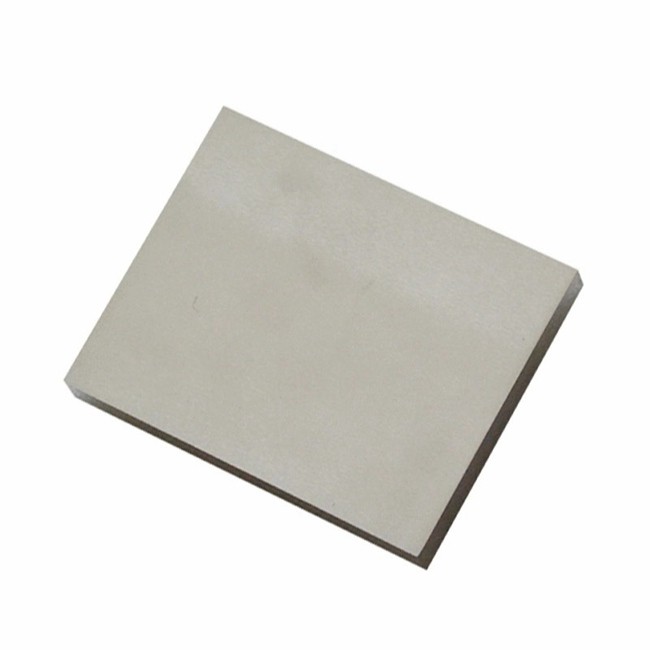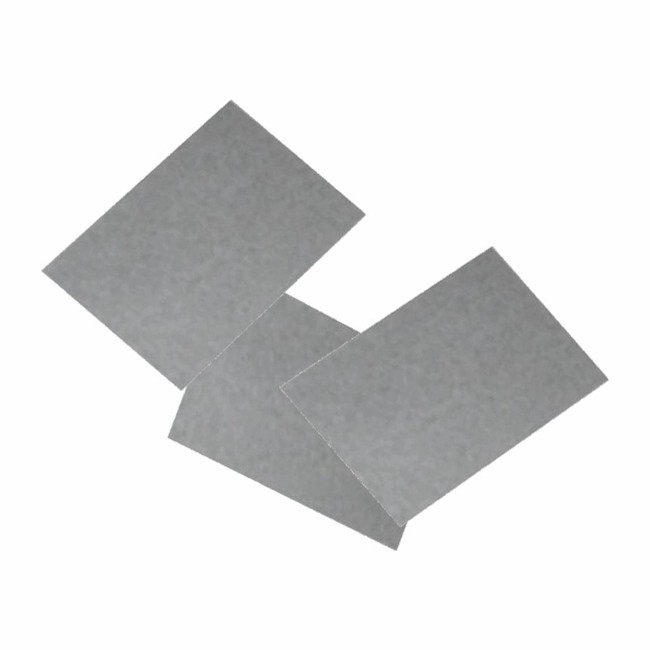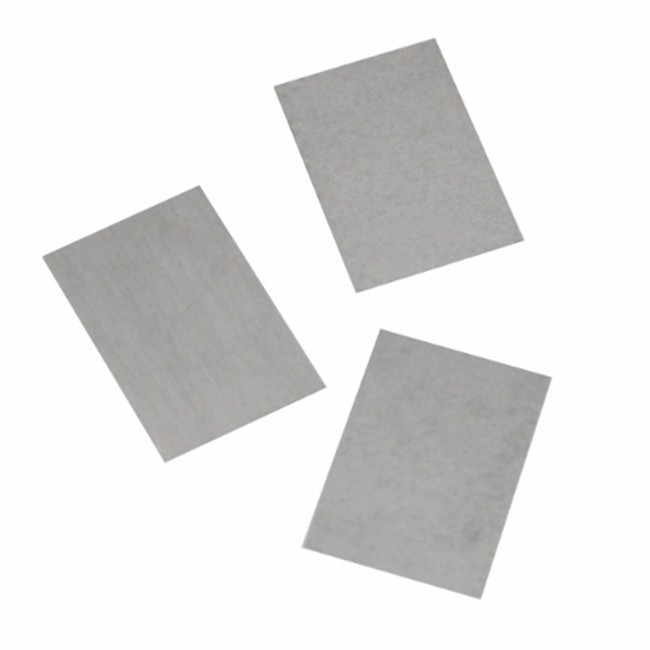Welcome!







100% Virgin Material Yg15 Tungsten Steel Wear-Resistant Tungsten Carbide Square Plates in Various Sizes for Making Industry Cutting Tools
Product Description
Tungsten sheet is a type of plate made from tungsten metal with a unique set of physical and chemical properties. Tungsten sheet is a metal material with unique physical and chemical properties that plays an important role in many fields. With the continuous progress of science and technology and the continuous improvement of process, the application fields of tungsten plate will be further expanded and the market demand will continue to grow.

Tungsten alloy plate is a dense, radiation-absorbing material that can effectively resist and absorb the effects of high-energy radiation from X-rays, γ-rays and neutron radiation. This characteristic makes it widely used in the nuclear industry, medical equipment and aerospace and aviation, etc., for the manufacture of radiation protection and ray diagnostic equipment.
Due to its high density and high strength characteristics, tungsten alloy plate is widely used in the manufacture of a variety of defense and military equipment, such as heavily armored kinetic energy armor-piercing bullets, bullets, rifles, missiles and bombs. At the same time, tungsten alloy plate is also used in the manufacture of some special-purpose counterweights, such as yacht counterweights and airplane ballasts.

The melting point of tungsten is as high as 3422 degrees Celsius, which is the highest among all metals. As a result, tungsten alloy sheet excels in high-temperature environments and can withstand extreme thermal stability requirements, making it an ideal material for high-temperature applications such as aerospace and nuclear energy. Tungsten alloy sheet is resistant to a wide range of chemicals, including acid and alkali solutions, oxides and salt solutions. Its good chemical stability and corrosion resistance make it widely used in chemical, semiconductor and electronic fields for manufacturing equipment and components with high corrosion resistance requirements.

The density of tungsten alloy plate is extremely high, generally between 16.5~19.0g/cm³, which is equivalent to more than twice the density of steel. This characteristic gives it excellent tensile strength and compression resistance. The tensile strength of W-Ni-Fe high-density alloy in sintered state can be up to 800~1000MPa, and the strength can be further increased to 1300~1500MPa after heat treatment and deformation processing.

The production of tungsten alloy plate is a complex and delicate process, which mainly includes several steps such as powder making, mixing, pressing and sintering. First of all, according to the specific use, select and proportion appropriate tungsten carbide powder and cobalt (Co) and other additives, and prepare a homogeneous mixture through the steps of wet grinding, mixing, crushing, drying and sieving. Subsequently, the molding agent is added for drying and sieving again to make a mixture that meets the requirements. After that, the mixture is pressed into the required shape by pressing process, and then the material is densified by sintering process to form tungsten alloy plate blanks. Finally, the quality of the product is ensured by flaw inspection, and finally packaged into the warehouse.

Recommended Products
Recently Viewed
 Factory Made Tungsten Carbide Wear Parts Tungsten Carbide Plate for Making Industry Cutting Tools
Factory Made Tungsten Carbide Wear Parts Tungsten Carbide Plate for Making Industry Cutting Tools Factory Custom Yg15 Tungsten Steel Wear-Resistant Tungsten Carbide Square Plates in Various Sizes for Making Industry Cutting Tools
Factory Custom Yg15 Tungsten Steel Wear-Resistant Tungsten Carbide Square Plates in Various Sizes for Making Industry Cutting Tools Factory Made Carbide Sheet Tungsten Steel Plate for Mold Making
Factory Made Carbide Sheet Tungsten Steel Plate for Mold Making 100% Virgin Material Yg15 Tungsten Steel Wear-Resistant Tungsten Carbide Square Plates in Various Sizes for Making Industry Cutting Tools
100% Virgin Material Yg15 Tungsten Steel Wear-Resistant Tungsten Carbide Square Plates in Various Sizes for Making Industry Cutting Tools Factory Custom Yg15 Tungsten Steel Wear-Resistant Tungsten Carbide Square Plates in Various Sizes for Making Industry Cutting Tools
Factory Custom Yg15 Tungsten Steel Wear-Resistant Tungsten Carbide Square Plates in Various Sizes for Making Industry Cutting Tools
Contact Us
Jiangsu Xinmechan Technology Co., Ltd.


